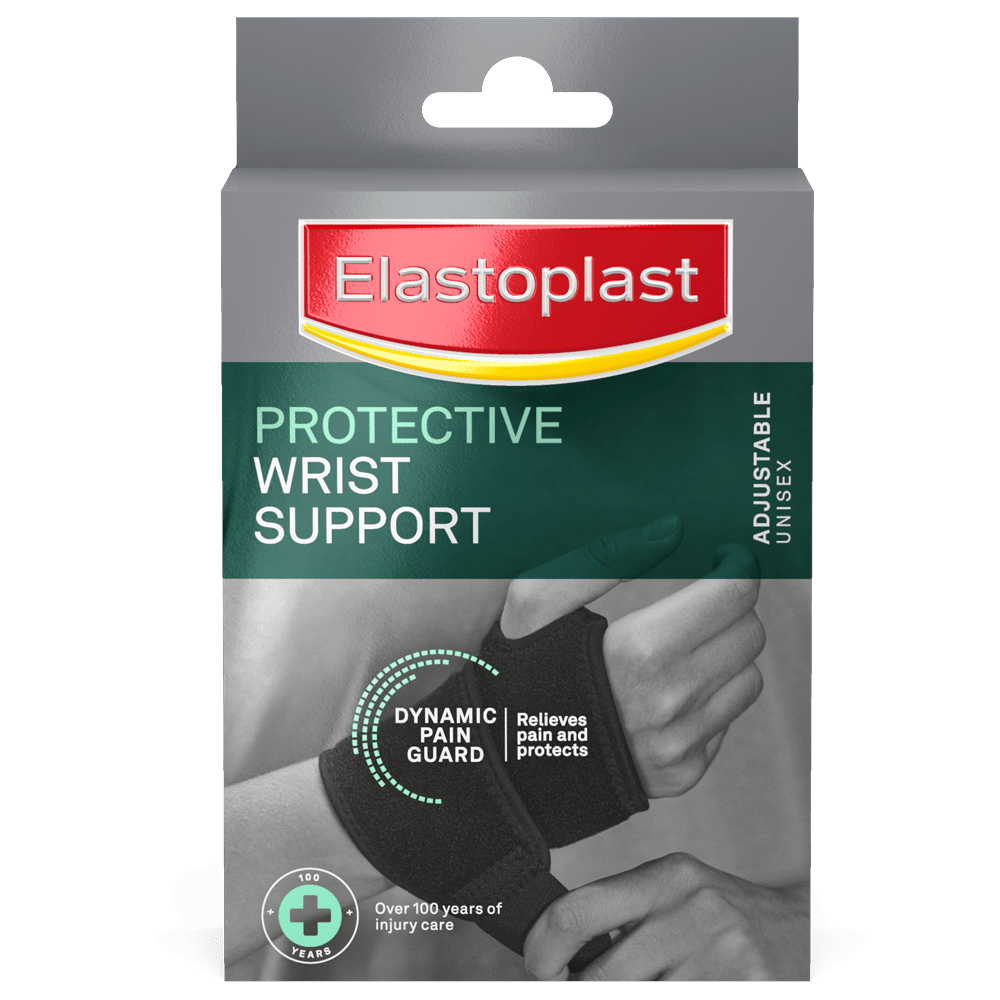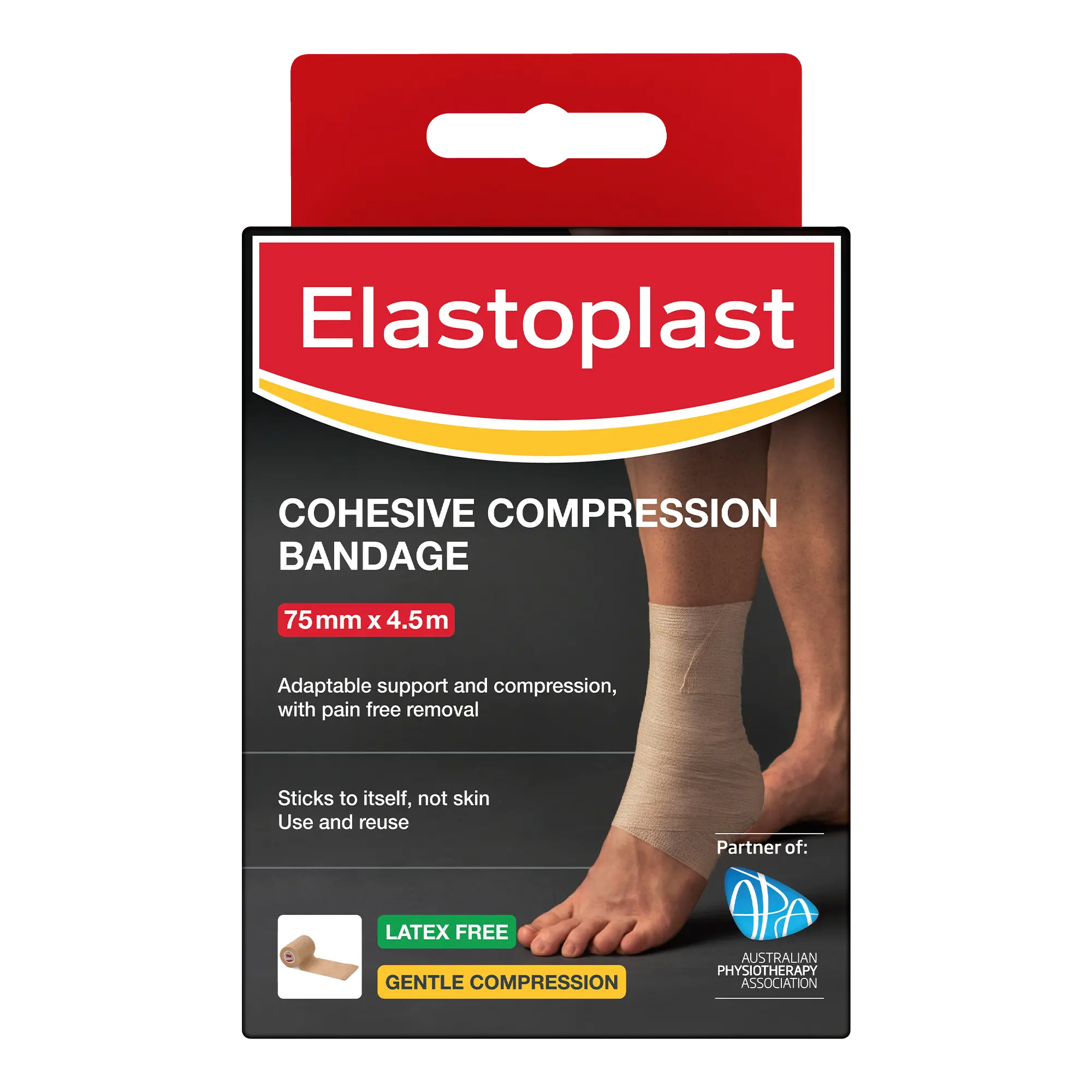Pain in the wrist can have many reasons - sports or stress in everyday life (for example, daily work at a desk) are among the most common causes. However, injuries to muscles, ligaments, tendons and bones, along with various other diseases, can also trigger wrist pain. Fortunately, there are some simple measures affected people can take to alleviate and positively influence movement restrictions and wrist pain.
What are the causes of wrist pain?

Wrist pain can have a variety of causes. Below, you will find a short list of the most common causes of wrist pain :
- Tendinitis
- Carpal tunnel syndrome
- Injuries to tendons and ligaments
- Bone fractures, sprains or bruises
- Hyperkinesia
- Degenerative changes in the wrist
What helps against wrist pain?
The following three simple tips can help you getting rid of wrist pain, relieve discomfort, support the joint in the healing process and prevent reoccurring pain.
Wrist taping
Applying tape to your wrist is an easy way to relieve discomfort and allows you to actively participate in sports and everyday life. Most often, wrist tape is recommended for an unstable or overworked wrist as well as conditions such as tendon and muscle irritation. There are a variety of application techniques depending on the cause of the discomfort.
How can I prevent wrist pain?
In various sports, overloading of the muscles and tendons - and thus also pain in the wrist - can be easily prevented. Preventive measures such as wearing a wrist brace can mitigate abrupt strains characteristic of various ball sports. Warming up before and stretching muscles after exercise can also help prevent wrist pain and injuries.
In general, if you are starting with a new sport or developing symptoms in the wrist area during a sport you are already doing, you can independently try to counteract those with a wrist brace. Sports and regular exercise make the structures in our body, such as muscles, tendons and ligaments, healthier and more resilient. It also contributes to more balance and psychological well-being. Therefore, the diverse positive effects of physical activity should not be disregarded.

Dr Michael Richter has been a state-certified physiotherapist since 1999 and works at the renowned "Rückenzentrum Am Michel" in Hamburg, Germany - an interdisciplinary centre specialised in the treatment of acute and chronic musculoskeletal conditions.
He is an expert in manual and exercise therapy and has been treating people with back and joint pain for over 20 years.
In addition to his passion for manual treatment, pain education is very close to Michael's heart, who displays an extraordinary commitment to sharing the latest news and state-of-the-art information with his colleagues and patients. Next to his practical work with patients, Michael also works as a substitute professor in physiotherapy at the Münster School of Health in Münster, Germany.
Notice:
Please note that the tips and advice given on this website have been compiled with great care but can in no way replace medical advice and treatment. If you have or suspect a health problem, see a doctor and follow medical advice regardless of what you have learned on this website.
If there is a serious injury, it must be assessed and treated by a (specialist) doctor. If you are unsure about the cause of your pain, you should also consult a doctor.
If the symptoms are accompanied by redness, swelling, overheating of the joints, persistent or severe pain and/or neurological symptoms (e.g. numbness, tingling) or if the pain radiates to the legs, a doctor should be consulted immediately.
The information on this website is not intended as a basis for self-diagnosis, treatment and medication.
Please always read the instructions for use or package inserts of our products carefully and comply with them.
For more information about our products, please contact us here.






